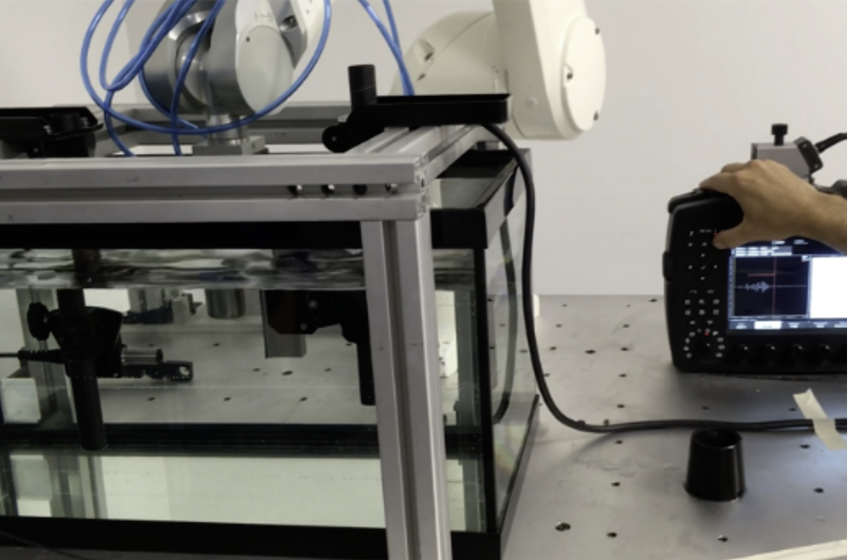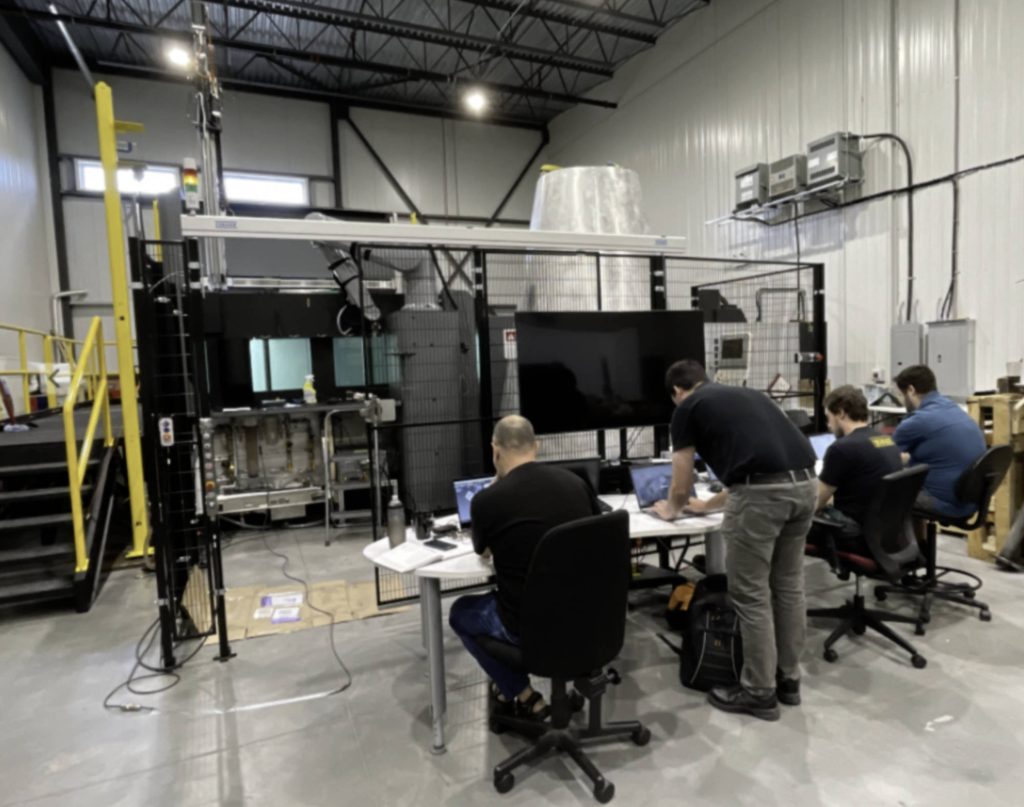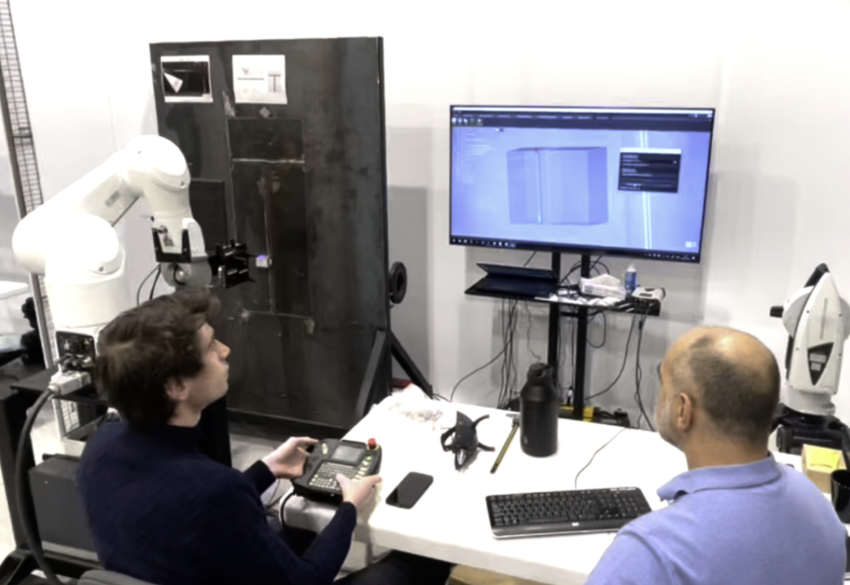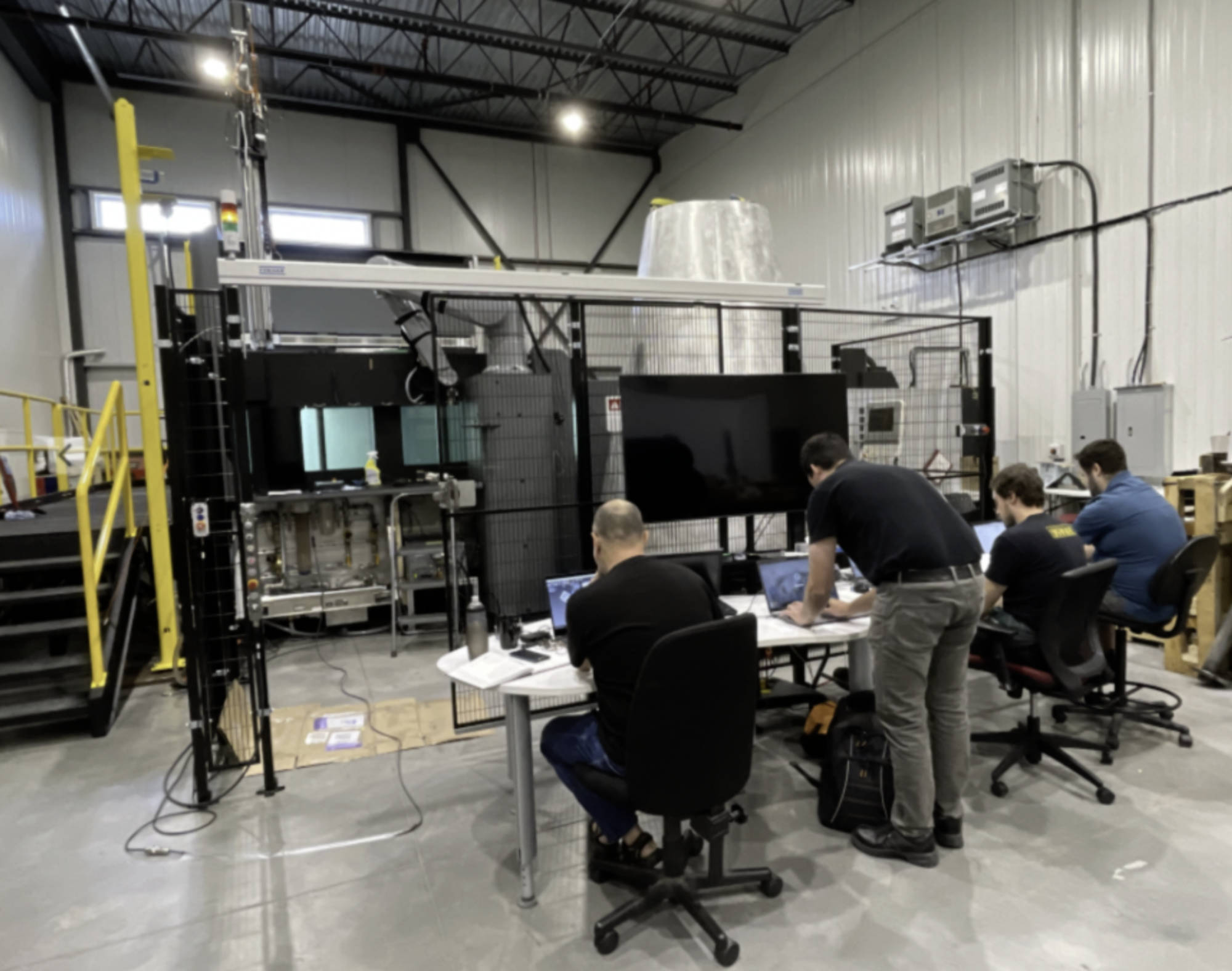At PRAGMA, flexibility is not just a concept—it serves as a strategic foundation. From the company’s collaborative processes to the engineering of its products, adaptability drives its ability to respond effectively to diverse client challenges. In the following section, PRAGMA’s CEO, Mr. François Mainguy, answers ten key questions about how flexibility shapes the company’s approach and supports client success.
Interview with François Mainguy, CEO of PRAGMA.
How do you define flexibility, and how is it reflected in the way you serve your clients?
François Mainguy: Flexibility at PRAGMA is twofold: it’s about how we work with clients and how we design our technologies. On one hand, we adapt our business processes to client needs; on the other, our technical offerings are built to be modular and configurable. This dual approach ensures we can deliver both custom and scalable solutions efficiently.
Can you share an example of adapting to a client’s specific or complex need?
F.M: A great example is our work on integrated systems. These solutions are designed for very specific inspection tasks—whether by geometry, material, or industry. Our strength lies in tailoring the user interface and the process logic while leveraging proven components. This lets us meet unique client needs without starting from scratch each time.
For a well-known customer in military industry, we had to design custom ultrasound transducers and a method to inspect ammunition at a rate of about 5 seconds each part, using a SCARA robot. We also designed the dedicated software GUI for Operator and Supervisor modes.
The physics challenge was difficult, let alone the customer’s tight calendar. Instead of simply pushing our standard products and letting the customer face the issues, we proposed a solution where both teams worked hand-in-hand, while letting PRAGMA take the lead integrator role.
Thorough lab trials are required for detectability of flaws and repeatability of the system (left). Gettings hands dirty is unavoidable to make systems work prior to the Factory Acceptance Test (FAT).

What capabilities enable your team to respond quickly to client-specific challenges?
F.M: Speed and agility come from two core strengths: our flexible product base and our lean team structure. Our standard systems are designed to be configurable, so adaptation doesn’t mean redesign. And because our team is compact and highly skilled, we can make decisions quickly and implement solutions without delay.
How do you balance flexibility with efficiency and cost control while still delivering value?
F.M: We rely on key performance indicators (KPIs) to track engineering effort across flexible versus standard solutions. This data helps us maintain the right balance between customization and commercial product development—ensuring we’re aligned with both our clients’ expectations and our own business objectives.
How adaptable are your solutions to different client needs or industries?
F.M: Our standard products are intentionally designed with adaptability in mind. Because of their wide scope of capabilities, they often require minimal additions to meet highly specific demands. This strategic investment helps us shorten development cycles and reduce costs when adapting to new industries or applications.
How do you collaborate with clients to understand their challenges and deliver results that drive their success?
F.M: We begin every collaboration by identifying critical needs and potential project risks. From there, we propose a two-phase approach. Phase 1 addresses uncertainties and risk mitigation with a modest budget. Once those are resolved, Phase 2 focuses on implementation—usually a much smoother process thanks to the clarity gained in Phase 1.
PRAGMA tries to eliminate as much risk as possible in the first phase of projects, especially to make sure the NDT aspects are not overlooked.

What technologies or tools help your company stay flexible and client-focused?
F.M: We’ve implemented the Atlassian suite—Jira, Confluence, and Zephyr—to manage every phase of project execution. These tools help us document, track, validate, and analyze each task. They also support quality control, especially in software development, where aligning client expectations and final implementation is crucial.
How do you maintain high quality and compliance when offering tailored solutions?
F.M: Our documentation and tracking systems allow us to manage requirements rigorously and maintain traceability throughout the development cycle. With tools like Jira and Zephyr, we validate deliverables systematically and ensure each step complies with internal standards and client expectations—no detail is overlooked.
Have you seen a growing demand for flexible, customized solutions to help clients stay competitive?
F.M: Absolutely. Clients are facing workforce attrition and a lower skill level among operators. This creates a clear demand for systems that are easier to use and interfaces that are more intuitive. In response, we’ve focused on simplifying the user experience without compromising the capabilities of our systems.
There is a growing demand for customized automated systems. The use of 6-axis robots is often a good starting point for the solution.

Looking ahead, how will adaptability and client-focused flexibility shape your strategy for driving success?
F.M: We will continue to invest in flexible, high-performance products that can be easily adapted with minimal effort. This strategy allows us to support custom requirements while maintaining product consistency, speed of delivery, and long-term supportability.


